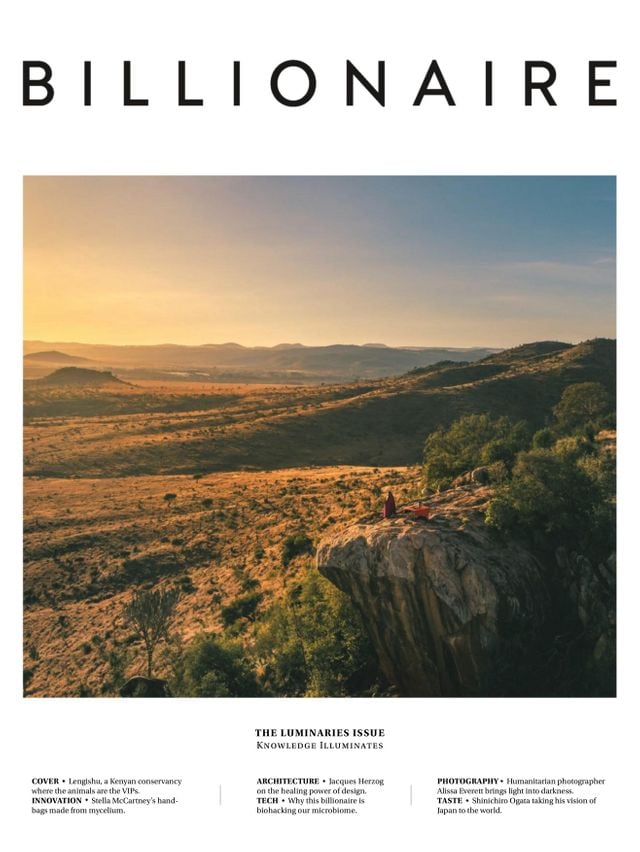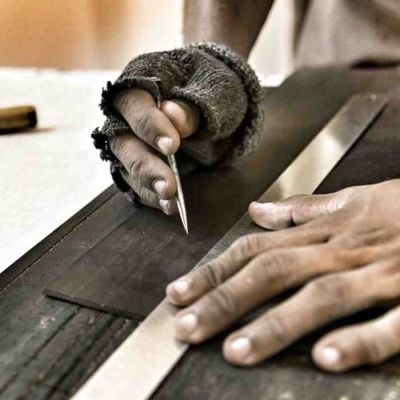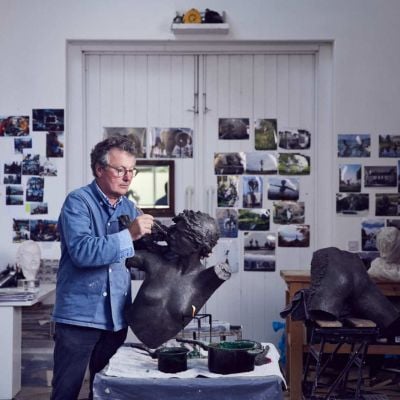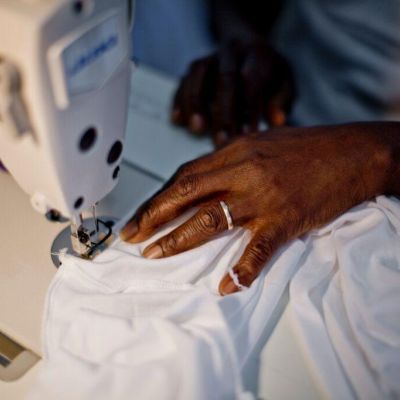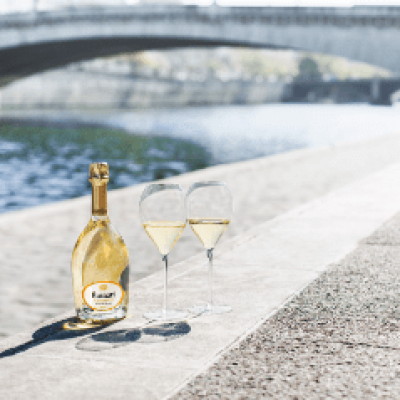Crossing Continents
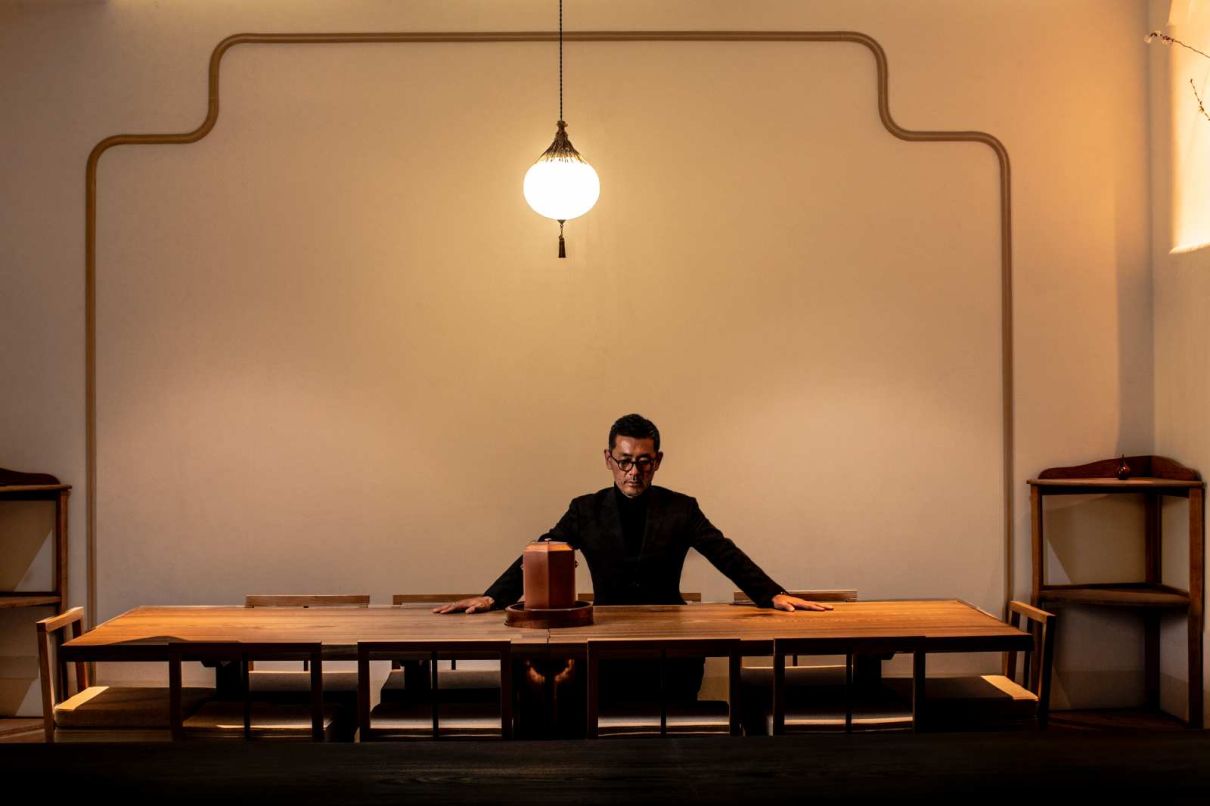
Shinichiro Ogata is ready to bring his vision of Japanese taste to the world.
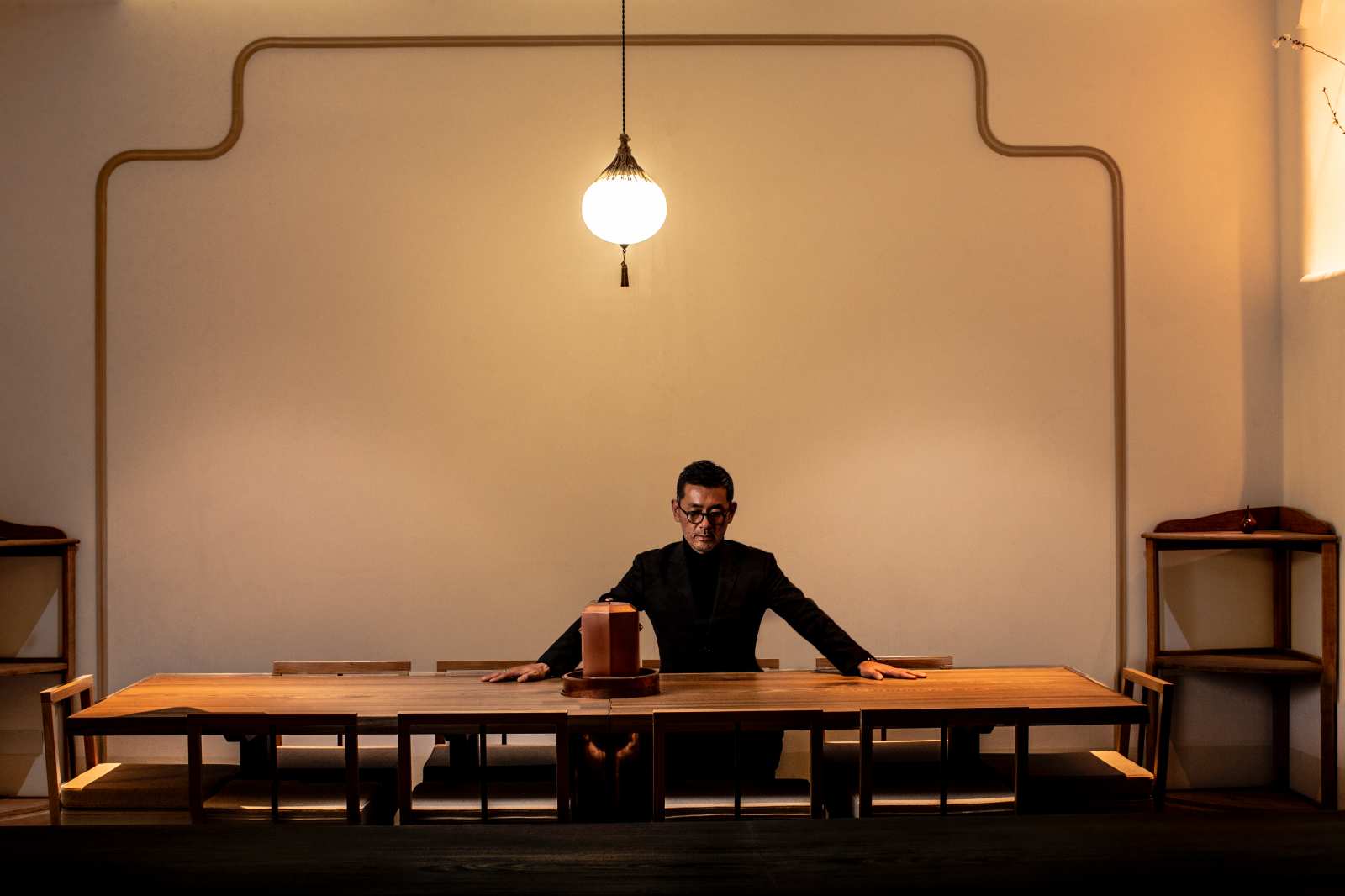
There is an intriguing interplay between French and Japanese taste, says Shinichiro Ogata, a Tokyo-based restaurateur, designer and chef renowned as a purveyor of Japanese know-how.
“We have lots of similar values in food and sensitivities in art, but the way we display these values is completely opposite. Whereas Japanese are more subtle, French are more extrovert, for example,” he says over a Zoom call. “A major thing we have in common is our food culture. The foundation of our culture stems from food appreciation. Also, because it is directly related to nature and what we use from nature and what tools we use, the art we make, how we use our manual skills, the French and Japanese appreciation and esteem for craftsmen is similar,” he says.
We are discussing, via a translator, the evolution of Ogata Paris, the first flagship of Ogata’s eponymous restaurant outside of Japan, which brings together a bar-restaurant, confectionery stall, art gallery, perfumery and workshop with more than 200 objects. It came into being in an 800-square-metre private mansion at 16 Rue Debelleyme, in the middle of Paris’s fashionable Marais district, the old aristocratic neighbourhood. Nearly every detail, from the dishes on the menu to the plates on which they are served, have been designed by Ogata himself.
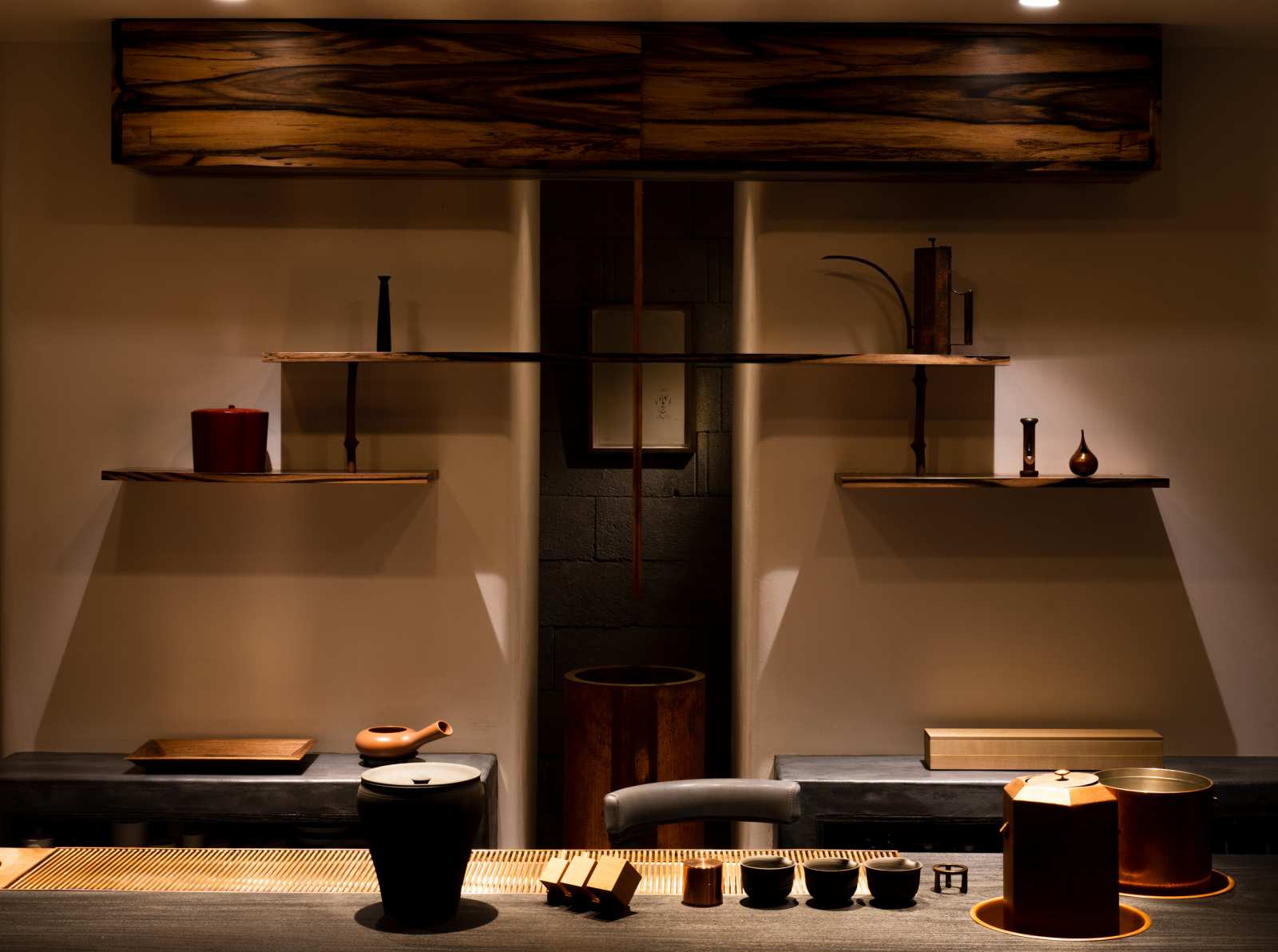
Despite opening its doors during the teeth of the pandemic in early 2020, Ogata Paris is already widely acclaimed, with a Michelin star under its belt and critics calling it “the second Japanese embassy in Paris”.
It is this symbiosis, perhaps, which formed the reason for his basing the first Ogata outside of Japan in Paris. Ogata lives mainly in Tokyo but he grew up in Kyushu, an island famed for its lush greenery, subtropical climate, active volcanoes and natural hot springs. “As a child I was influenced subconsciously by the rich natural environment of Kyushu. When I first started to travel internationally, I realised Japan has so much to offer, and what exists in Japan is what I want to share with the world. My biggest mentor was not a person, but nature,” he says. “In nature everything is unique, so I use asymmetry to echo the perfectly imperfect aspects of nature.”
Dressed in his usual monochrome uniform (he is wearing a Dries Van Noten suit), his face framed by cool glasses, silver rings glinting on his fingers, a pair of Church’s shoes on his feet, he adds that there are many people who have inspired him too. These include the iconic Frank Lloyd Wright, considered the greatest US architect of all time, as well as legendary Italian architect Carlo Scarpa.
In the next two decades, it is his aspiration to have an Ogata in almost every continent, he continues. “They have to be countries and cities where the local community can appreciate the values that we have as well. Ogata is trying to create a way of being,” he explains. London or somewhere in the UK is definitely on the radar, he adds, but the location has to be perfect first.
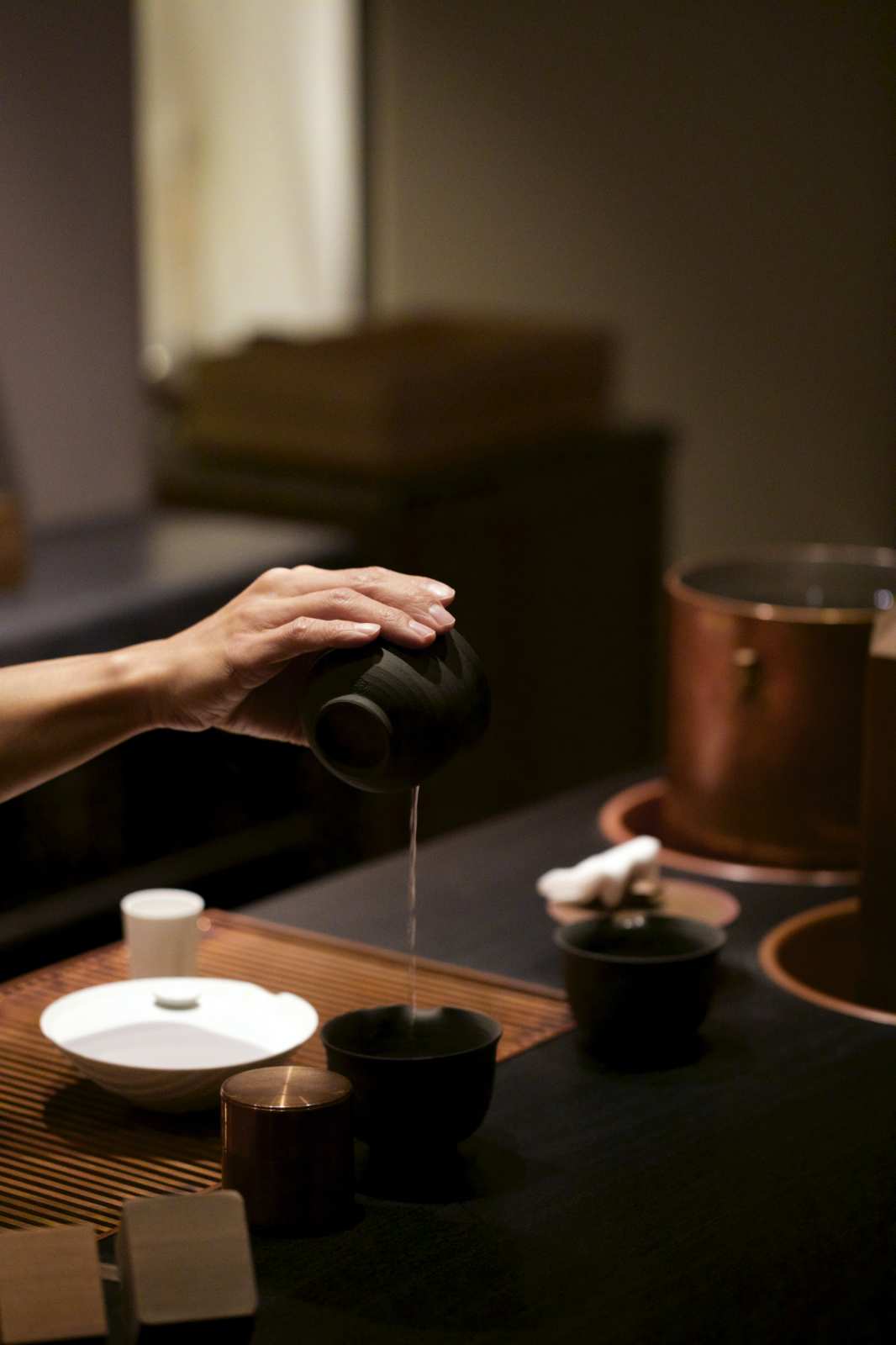
A tea ceremony (c) Laurent DuPont
“The most important aspect is it has to be a building rich in history, specific to that country,” says Ogata. “It must pay homage to its setting while also bringing the true taste of Japan.” He points to the building that houses Ogata Paris. “This building from the 16th century has an identity of its own, essential to interweave and create something interesting.
“In London it must be somewhere rich in culture and history such as Mayfair. Or, if outside of London, somewhere like the Cotswolds or Oxfordshire, with a connection to the city,” he adds, saying there is potential for two interrelated locations. “The UK’s tea culture, shared with Japan, is also something we will want to focus on.”
Ogata’s first field was as a chef, when he opened Higashi-Yama, in Tokyo in 1998, where gastronomy, crafts and the art of tea were combined. The same year, he founded Simplicity, his creative studio, through which he carried out numerous projects, from catering to hotels, including interior and product design. Today he is particularly passionate about the art of the tea ceremony, a ritual that can be dated back to Japan’s Kamakura period by Zen monks, who drank tea to keep awake during long sessions of meditation. Ogata himself drinks Kyobancha, a fermented black tea that is quite smoky, but, he adds, he is not averse to the odd cup of coffee. At Ogata tea can be taken with wagashi, traditional Japanese confections, including types of mochi, anko and plant-based sweets.
An approach of seeking beauty and balance in everything and bringing that vision to the world is no small feat but if anyone can do it, it is Ogata.

